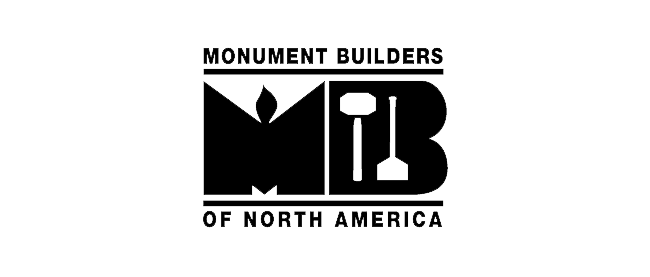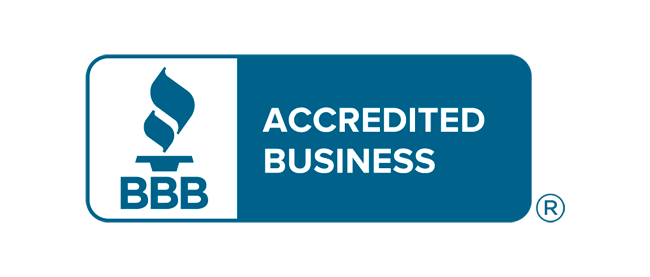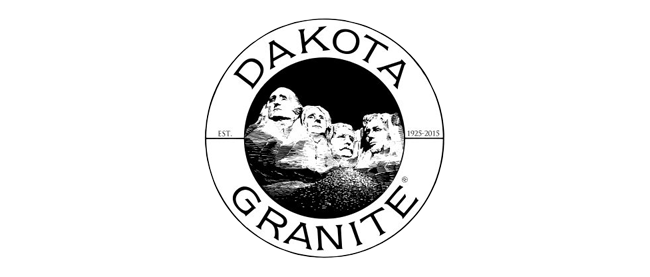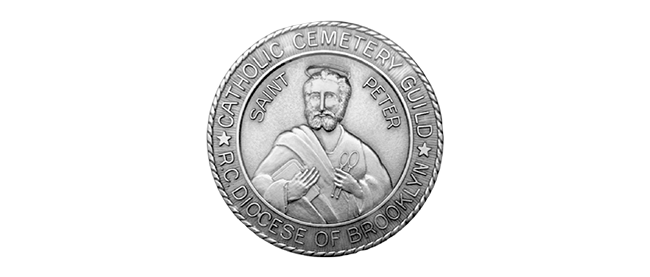5 Facts on Veterans Burial Flags
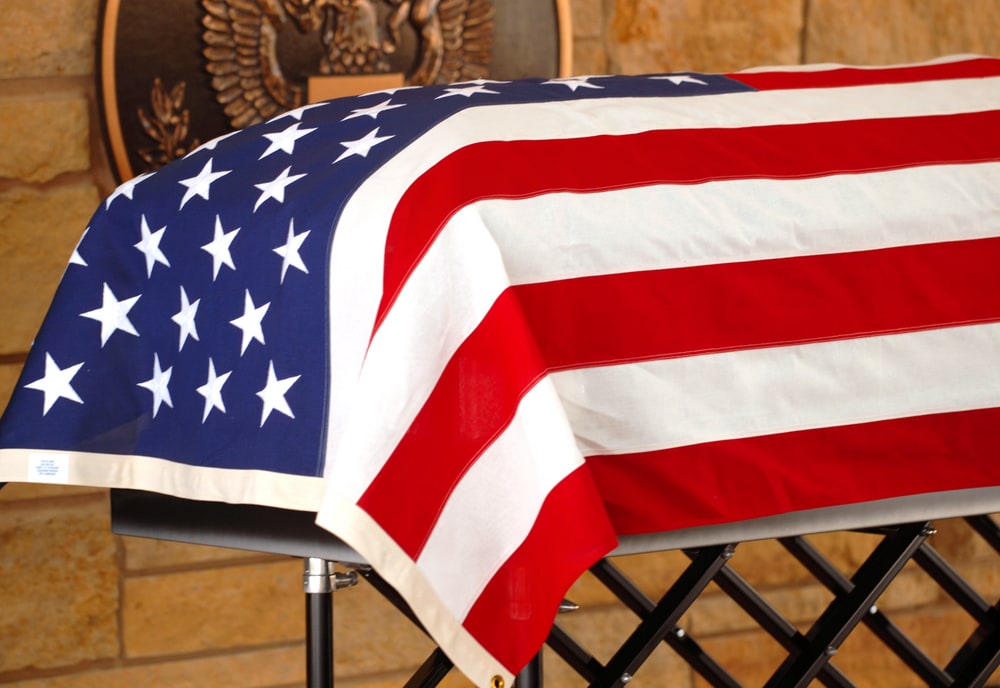
Countless veterans have given their lives to protect the freedom of our magnificent country. At St. Charles Monuments, we couldn’t be prouder of our patriots or more grateful to be American. Here, we take significant, solemn pride in commemorating our veterans. Of course, this applies to the holidays in which we acknowledge them or during solemn occasions, like a veteran’s funeral.
In addition to the eternal respect and heartfelt gratitude we feel for their service, we also craft custom upright monuments to preserve their legacy. Also, we regularly adorn these headstones with military symbols of enduring honor and permanent salutations. If applicable, religious symbolism pays additional homage to their lifelong faith.
Like these profound symbols, the American burial flag is a crucial part of honoring our veterans. Read on to learn five facts regarding the significance of burial flags.
This post has been updated for accuracy and relevancy since its original publish date of November 15, 2017.
1. What is a Burial Flag?
The American burial flag goes to the families of deceased veterans in the event of their passing. It is a symbol of the incalculable contribution they gave to their country by dedicating their lives to the service of our country.
Generally, mourners drape the burial flag over and bury it with the casket beneath the upright monuments. Depending on preference, flags may either be within or outside of the casket.
2. Who is Eligible to Receive a Burial Flag?
All wartime veterans are eligible to receive a burial flag. Veterans we lost throughout their active duty may also receive them. All veterans who served after January 31, 1955 (whether during wartime or peacetime) are also eligible.
Most veterans who receive honorable discharges may also receive a burial flag.
3. Who is Ineligible for a Burial Flag?
There are some veterans who, for various reasons, are not eligible to receive a burial flag. For example; veterans who honorably complete their term of service, but later commit a state or federal capital crime, are not eligible. Those who enter wartime training, but ultimately can’t fight for medical reasons, are ineligible as well.
4. How do You Receive a Burial Flag?
In many cases, funeral directors volunteer to contact the Department of Veterans Affairs to receive the flag on behalf of the bereaved. However, surviving family members or friends can also make direct contact with the department. Also, funeral directors may make arrangements to receive the upright monument.
5. Where are Veterans Buried?
Generally, veterans rest in one of the many Veterans Affairs Cemeteries. These VA cemeteries are dedicated entirely to veterans and their families. Veterans receive burial in these cemeteries at no cost. This includes the upright monuments, gravesites, liners, and routine care.
Spouses may be buried alongside deceased servicemen or women. However, the family will need to add an inscription when shopping for the monument, rather than an additional headstone. Also dependent children can be buried with deceased veterans.
Honoring our Veterans at St. Charles Monuments
At St. Charles Monuments, we take pride in crafting headstones that are a lasting, impressive tribute to those we’ve lost.
Our team of craftsmen will ensure a magnificent tribute that honors one’s life and legacy for you to visit for years to come. Contact us to learn more about our monuments, or for more information about how we can create a lasting tribute for veterans.


